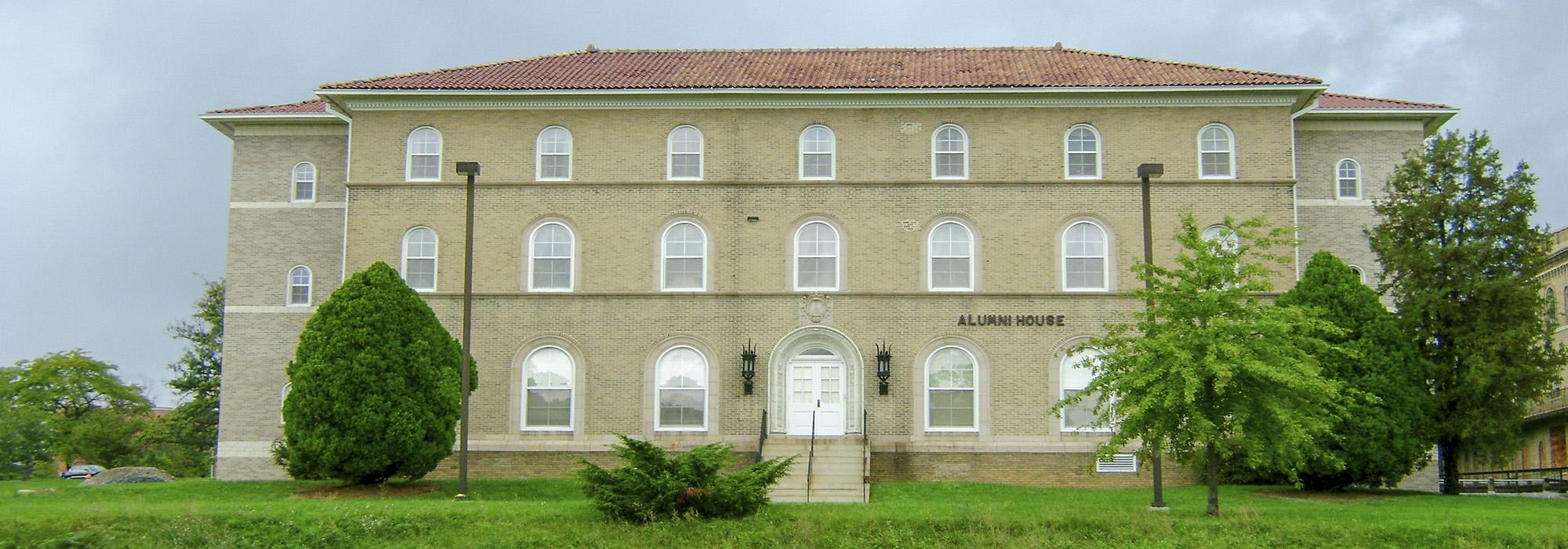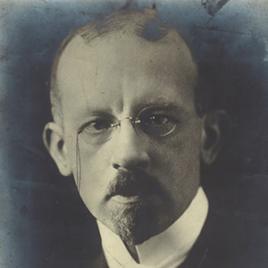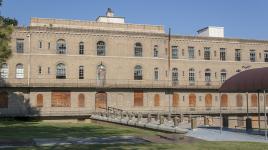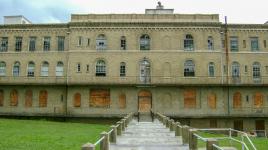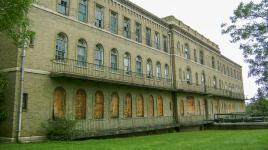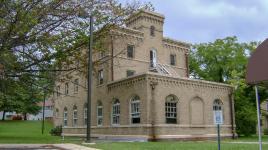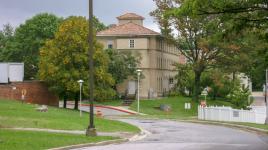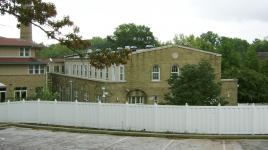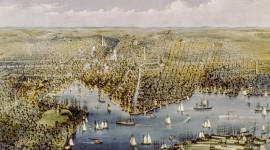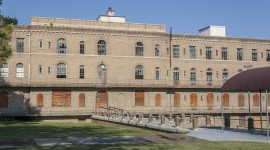Pioneer Information
Born in Cleveland, Ohio, Glidden was the son William Pierce Glidden, who founded the Glidden Varnish Company (still well-known for the Glidden brand of paint). The younger Glidden studied architecture in Cleveland and, from 1908 to 1912, at the École des Beaux-Arts in Paris. By the late 1890s he had arrived in Baltimore to work as an engineer on a new courthouse designed by the firm Wyatt and Nolting. Glidden designed his first Beaux-Arts apartment building in 1899, The Mount Royal, and eventually went on to complete several high-end apartment complexes in the city, including Earl Court (1903), the Washington Apartments (1905), Rochambeau Apartments (1905), and the Marlborough Apartments (1906)
Glidden formed a short-lived but productive partnership with Clyde Nelson Friz, establishing the firm of Glidden & Friz in 1911. In three short years the duo designed five apartment buildings that brought local acclaim: Tudor Hall, The Homewood (now part of John Hopkins University), The Latrobe, Canterbury Hall, and The Esplanade. After the dissolution of the firm in 1913, Glidden remained in Baltimore, going on to complete many other projects, including Calvert Court (1915) and the Furness-Withy Building (1917). His final project—and perhaps the most notable—was the Sydenham Hospital for Communicable Diseases, designed in 1922. Located near Lake Montebello, the project represents Glidden’s only major foray into landscape design. The hilly campus comprises several Italian Renaissance-style buildings set on a sprawling 33-acre landscape and connected by walkways and courtyards. Glidden died in 1924 and was buried in Druid Ridge Cemetery outside Baltimore.



